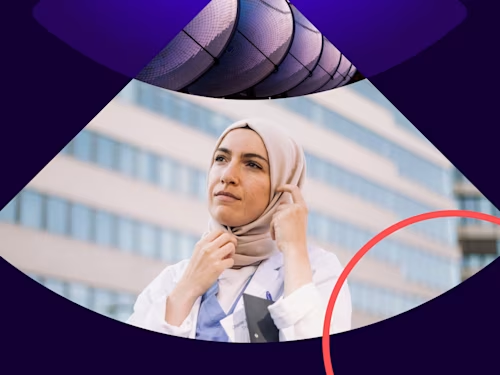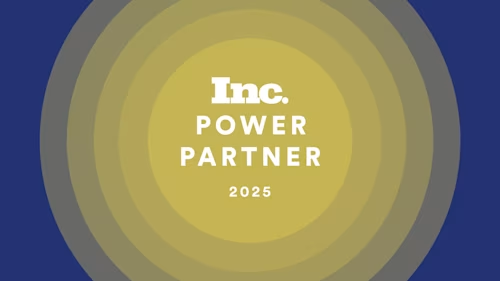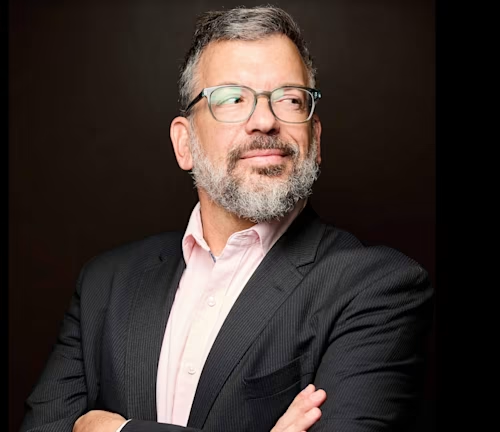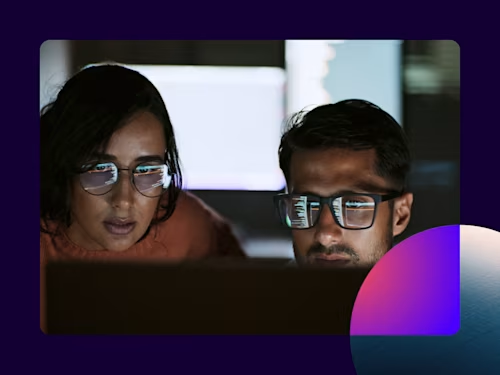
3 Steps to a More Efficient Grantmaking Process
Nonprofits can combine e-signature technology with an automated grantmaking solution to allow stakeholders to connect efficiently.

The nonprofit sector today is faced with unique challenges. While organizations are pressured to cut costs and increase efficiency, they tend to be slow adopters of the technologies needed for improvement. Nonprofit foundations in particular face difficulties because their central function, grantmaking, is bogged down by outdated methods like wet ink signatures for document execution.
The old-fashioned way of executing agreements poses a few problems. Not only does it complicate the process for donors, but document workflow is interrupted, delaying the entire grantmaking process. Technologies like electronic signature, should be infused with grantmaking best practices to increase efficiency. Grantmaking foundations look for organizations that demonstrate productivity and the best use of time and resources. Therefore, using digital tools like grant management software makes nonprofits more appealing to grantors.
A look at today’s inefficient grantmaking process:
The typical grantmaking process has six steps:
Manual creation and preparation of the document. Forms are usually created in a Word document. This could take days, or even months to format and create all of the necessary fields. Once the document is created, all information must be typed or filled in manually.
Sending of the physical document. The agreement is typically sent using snail mail, FedEx, fax, or scanning and email.
The document is received and filled out. The document is filled out by hand or scanned and uploaded to be typed up. This could repeat multiple times, depending on how many signatures are required. Once filled out, the document is reprinted and the original is thrown away.
The signed and scanned document is returned. This usually happens inefficiently via email, mail or fax back to the original sender.
Each stage of the document must be tracked. Tracking and updating records is an additional manual step, usually laden with errors.
The completed document must then be managed and stored. The document is kept physically in office storage or a filing system on the computer. Either way, relocating the document in the future is usually cumbersome and time-consuming.
“Before online applications, the grantmaking process, in general, was very paper-heavy. Today’s technology, like Salesforce, Docusign and foundationConnect, enables grantmakers to connect with stakeholders more efficiently and productively. Grantmakers are choosing Docusign as a grant agreement solution because the turnaround time to send and receive signed agreements decreased, enabling grant monies to get out the door to the grantees much sooner than ever. Another reason foundations would decide to adopt these technologies is because of trailblazers like the Barr Foundation. You have to remember that grantmakers aren’t known to be the early adopters of technology, so they appreciate organizations like the Barr Foundation for taking the lead and expressing the benefits of moving to an electronic agreement process. The Barr Foundation has done the testing, gathered feedback about the grantee experience and shared with their peers lessons learned while using foundationConnect. That information was priceless for the grantmaking community, which is a small community, a community known for sharing information with peers.”
- Ursula Stewart, Grant Making Impact Advocate at Salesforce.org
The goal: make the grant process quick and efficient
Fragmented processes within grantmaking cause continual problems in terms of cost savings and efficiency. However, nonprofits can combine e-signature technology with an automated grantmaking solution to allow stakeholders to connect efficiently. Grant management software such as Salesforce.org will shorten the turnaround time for signed agreement letters. Digitizing the process makes it possible to deliver grand funds to recipients as quickly as possible.
Electronic signature technology can also reduce administrative costs. Nonprofits can save significantly on paper, postage, faxing, overnight shipping, storage and archiving fees. E-signature streamlines workflows that involve several signers and gives visibility into documents status in the routing and approval process. The increased visibility allows 501c3’s to easily maintain tax-exempt status by providing an accessible, transparent audit trail.
In this post, we’ll explain how digitizing three main steps within the grantmaking process can increase efficiency:
1. Shorten grant application creation
The first stage in the grantmaking process can often be the most tedious. Preparing and formatting applications is a time-consuming task. Once the application is created, you or your staff must fill it in manually. Applications are usually filled out by hand or typed. Many organizations report that preparing, finalizing and getting an application out the door can take more than a week.
With an end-to-end grantmaking solution like foundationConnect, you can automate application creation and reduce the time spent to as little as two days. Using foundationConnect allows existing information in your database to be automatically filled in to premade templates stored in your grant management software.
You’ll be able to autofill information such as dollar amounts, organization name, start/end dates, headers/footers and application submission date. Another helpful feature is the ability to autofill subgranting language, which is language written by legal departments that must be sent out to all grantees. Not having to remember this information or copy and paste it saves time.
The grantmaking process is more efficient when the end-to-end process is managed by a single grantmaking solution. Solutions like foundationConnect act as a central location that optimizes the entire grantmaking process. Solutions like foundationConnect allow your already stored information to play a key role in application creation. In other words, the whole relationship before and after the award lives in one place.
2. Track grant stages to improve processes
Grantmaking software allows greater visibility into the agreement lifecycle. With multiple internal and external stakeholders involved, it’s difficult to know where the document is in the workflow without digital tracking. To move the document along at the necessary pace, you need the ability to track the location and the required next step.
Electronic signature technology allows you to see who’s signed, who has not, and the next step. Not only will it make the process flow more smoothly, but data can be collected to improve future processes. For example, if you see that the document gets held up when sent to a specific signee, you can take the proper steps to speed up that stage in the future. Tracking capabilities allow future processes to be improved.
Be sure to use grant management software that stores all financial information in one secure place. You should be able to easily see the original amount requested, any recommendations or amendments made and the total amount awarded in the end. History, payments and pending payouts should also be logged, ensuring nothing falls through the cracks and that money is awarded on time.
Grant management software automates reminders and followups so stakeholders take necessary actions at the right time. If a signature is missing or payment hasn’t been sent, stakeholders receive email reminders. The right software platform logs all interactions with stakeholders in chronological order and shows a visible history. Interaction history should include tasks, meeting notes and emails that all get filed under the grantee organization.
3. Manage the entire grantmaking process in one place
The grantmaking process starts with application creation and ends with an audit. But many different steps take place in between, which is why the process can get bogged down. It’s more efficient to use one program to manage all of the steps involved.
"It is crucial to enhance the grant-making process for non-profits, and Docusign does that by streamlining the approval process for grantees and program staff. We are excited to help play a crucial role with Docusign to provide a seamless grant-making solution that will replace outdated systems.”
-Nate Mullen, Senior Associate, Spaulding Ridge
The back and forth of editing and redlining agreements can be eliminated by using the right grant management system. You’ll be able to connect applicants, external reviewers, third-party vendors, corporate partners, thought leaders and board members using software like foundationConnect. Mobile capability is essential and enables signees all over the world to sign, make edits and return documents on time.
Layering constituent relationship management software with grants management (GMS) helps manage grant agreements, e-signatures and budgets. Your system should allow easy plugin of grant totals, payment cadences, origins of funds and whether the distribution is dependent on a status report. Instead of relying on spreadsheets, use a GMS with a portal that’s accessible to grantees and applicants. A portal allows all parties to update their contact information, submit status reports and view distribution amounts.
There are many forms and documents needed other than the application. You’ll want to keep forms stored in one place, such as tax status verifications, IRS forms and other financial documents. Make sure they’re being stored in a safe, firewalled place due to data security and privacy issues.
Bottom line
While the grantmaking process has many steps, documents and participants, it can be optimized by technology. A grantmaking solution can speed up the process, connect stakeholders and reduce administrative costs. As an added benefit, using technology can make nonprofits more appealing to grantors because they’ll come across as good stewards of time and resources. By taking a layered approach to CRM and GMS solutions, grantmaking foundations can implement an end-to-end solution from application creation to auditing.
Learn more about how to improve the end-to-end grantmaking lifecycle in our on-demand webinar.
Related posts
Docusign IAM is the agreement platform your business needs




